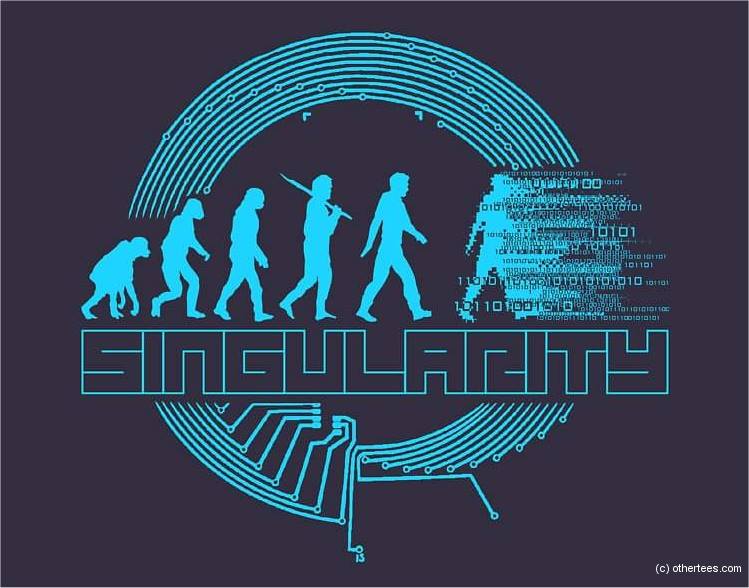The technological singularity sounds great at first. What could be so bad about a run-away super intelligence? The problem is that a doomsday scenario of a robots taking over the world coincides with the idea of technological singularity being accidentally created and set free to self improve. I believe that the technological singularity hypothesis only considers a form of technology that is created with no fail-safes. A super intelligence that is created with no barricades could be very dangerous. If its only purpose is to self improve then humans will eventually no longer be needed and might even get in the way of self-improvement. In my opinion, a form of intelligence created by humans will be created with the intent of helping humans thrive. I think a technological singularity that improves the lives of humans will be created before one that only has itself in interest. It is much more difficult to create something that will be able to self improve and be a sentient being, than something that can self improve with pre-existing human friendly motives.



This is where I start to think about how Stelarc's work is a more accurate representation of our future. Humans are going to be the original creators of this technology so it should have humans in its best interest at least in the beginning. His work shows how humans can interact with even the technology of today's world.

Ray's Kurzweil makes some pretty interesting predictions about the future of technological advancements. Many of these predictions are related to biological technology advancements. Many of his predictions would seem reasonable if the time scale was in the hundreds of years, but he believes these advancements will be made in the next 25 years! Kurweil makes his predictions for the near future because of his considerations of Moore's Law. Technology increases at an exponential rate which means advancements happen sooner than expected many times. One of my favorite examples of this is the short time it took for humans to go from the Wright brother's first flight to NASA's moon landing. Only 66 years between the first time we left the ground to the first step on another celestial body!

If humans continue to follow Moore's Law, it will not be long before we are uploading our brains to become immortal. The problem that we face today is that our brains are constantly changing and making new connections which makes it difficult to just make a copy of our brain to function properly. I believe that we would still be the same person if we did find a way to be uploaded into a new form or body. Our bodys are constantly changing anyways. A one year old looks nothing like him/her-self after he/she grows up, but we still consider them to be the same human their whole life. How is this so different than just changing your body form immediately?

If humans continue to follow Moore's Law, it will not be long before we are uploading our brains to become immortal. The problem that we face today is that our brains are constantly changing and making new connections which makes it difficult to just make a copy of our brain to function properly. I believe that we would still be the same person if we did find a way to be uploaded into a new form or body. Our bodys are constantly changing anyways. A one year old looks nothing like him/her-self after he/she grows up, but we still consider them to be the same human their whole life. How is this so different than just changing your body form immediately?


